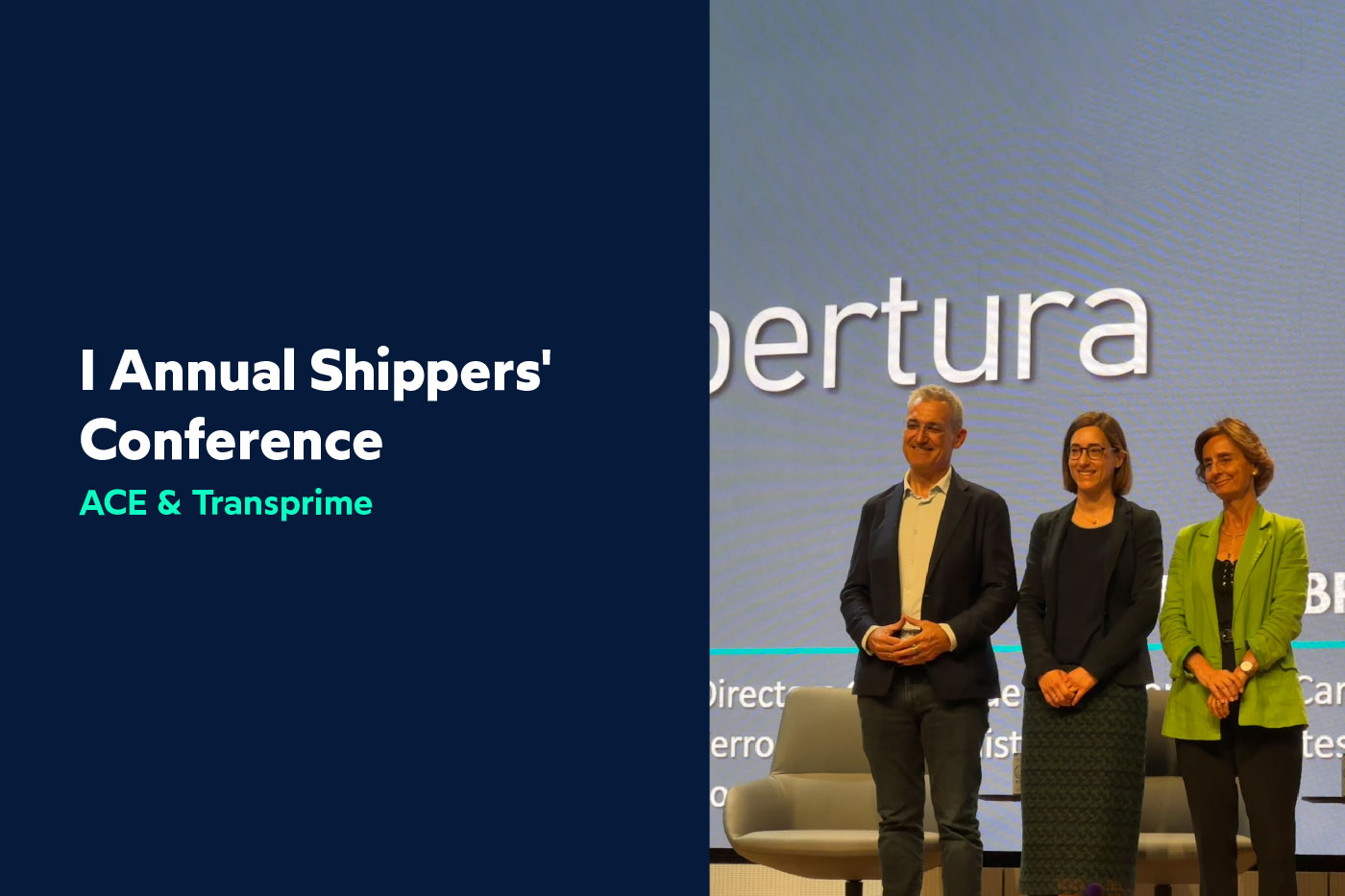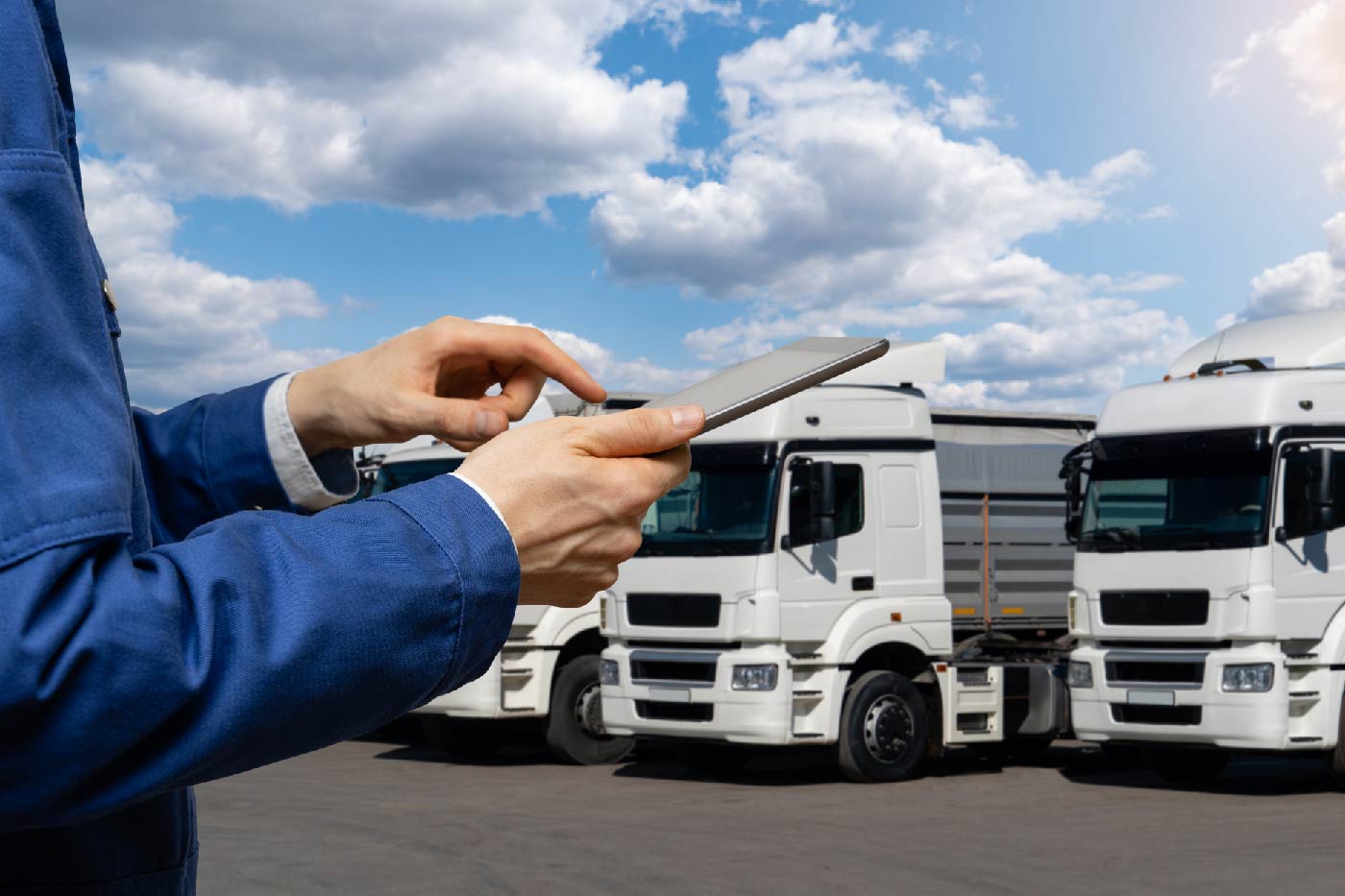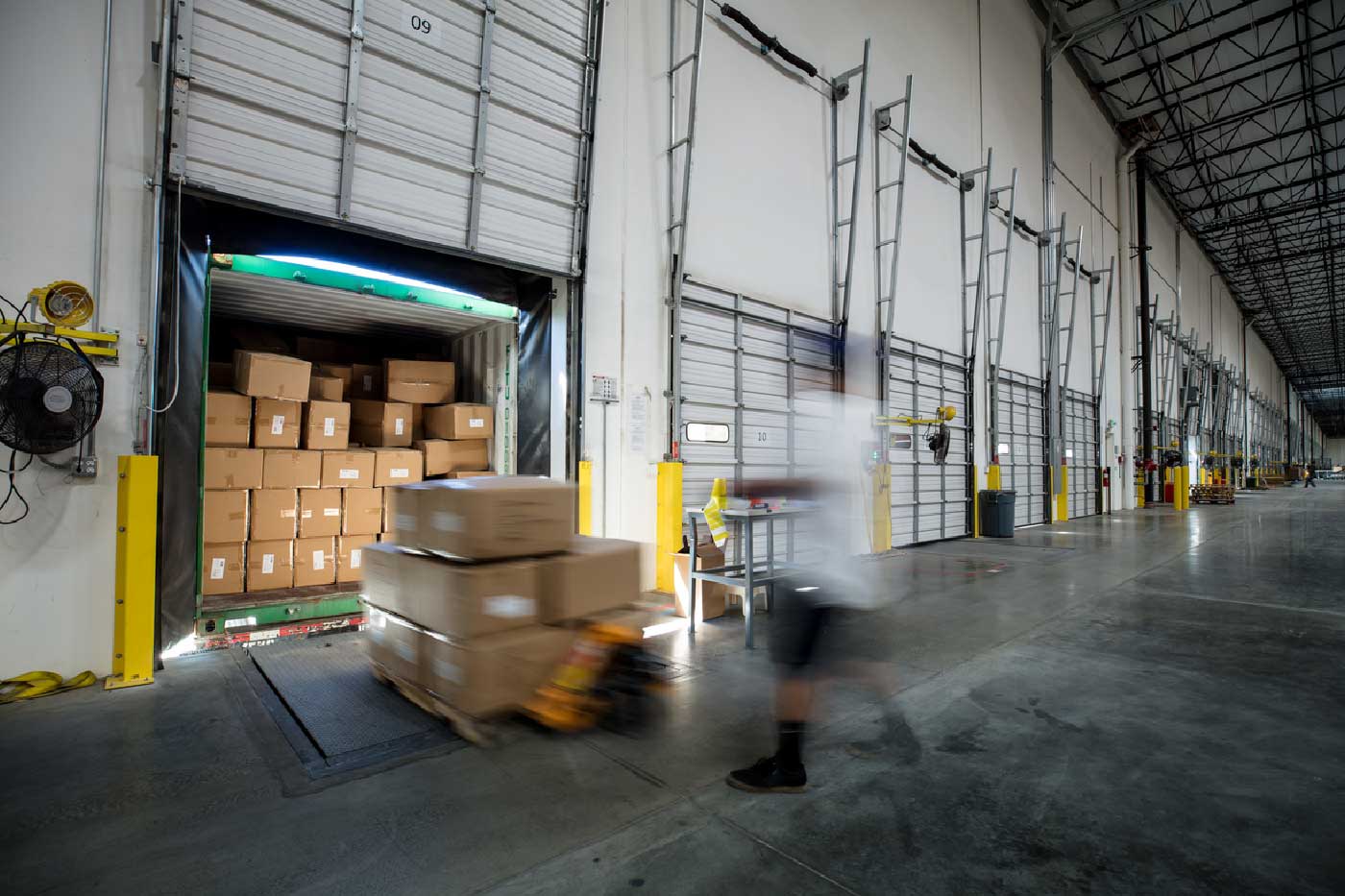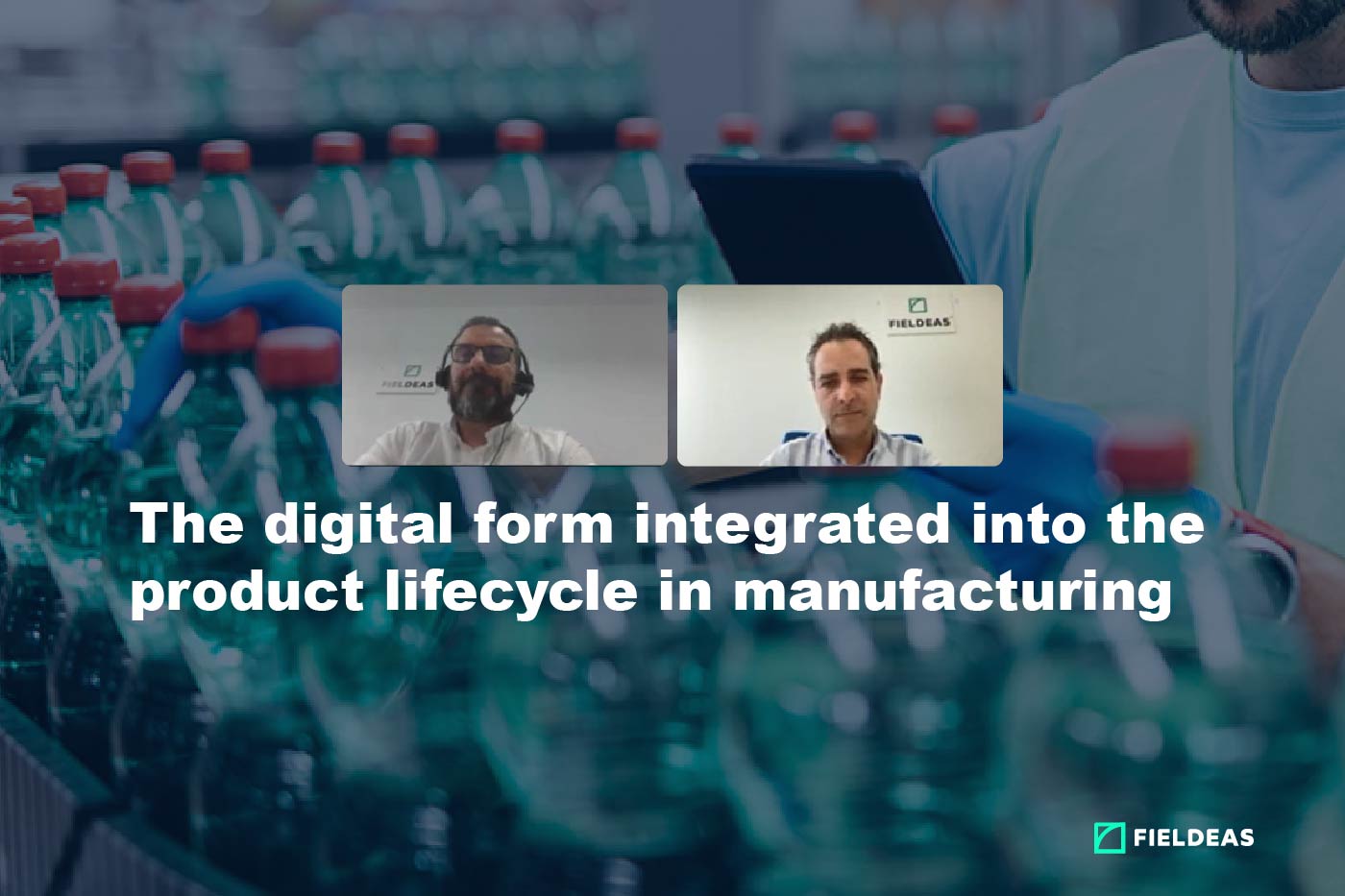There has been a lot of talk lately about the Internet of Things (IoT), one of the most visible trends of the near future. Advances in the latest technologies and networks, especially in the development of 5G, will enable the ultimate takeoff of millions of connected devices.
The year 2020 will be the year of the Internet of Things. A date that many technology consultancies point to as the date when the real explosion of IoT and connectivity will take place. The forecasts for that time are overwhelming, just to offer some data:
- According to the IDATE institute, 80 billion devices will be connected worldwide.
- IDC forecasts the IoT solutions market will be worth $7.1 billion and employ more than 36 million IT professionals
- According to MarketsandMarkets, the healthcare sector will drive this growth the most, generating an estimated market volume of $163 billion while Smart Cities will be around $147 billion.
As for Gartner, it has pointed out some growth areas, which we list below.
The growth of 5G networks will mean a boom in the Internet of Things.
The real birth of the Internet of Things will take place alongside the deployment of 5G networks. A network designed to uniquely support a network of small, interconnected devices, and which Gartner believes will enable the following IoT growth areas to take off:
1. Safety
In the area of security, the issue of crime is being addressed, which could increase with the presence of a greater number of connected devices. The most significant risks are centered on the identity theft on devices (currently there have been cases of impersonation using face scanners to access smartphones); or attacks known as “spoofing” or “spoofing” attacks. denial-of-sleep (denial-of-sleep)The device can be put into sleep mode to prevent the battery from discharging sooner.
Analytical Area
Inherent in the deployment of the Internet of Things is the increase that will occur in devices that send and receive data and that, for the most part, are directly related to real-time decision making. This will also increase the relationship between analytics tool providers, cloud service providers or system integrators with the customer, increasingly adapting their services to the customer’s needs.
3. Low-power wide area networks
In turn, the management of all the interconnected devices becomes more complex and segmented, due to the geographical scope. On the one hand, the creation of short-range networks that consume little battery power in the devices is being carried out by optimizing the range and coverage of the networks between the devices connected to them. While this does not meet the demands of IoT, as current networks are not prepared to cope with an ecosystem of hundreds of connected and geographically dispersed devices.
This is why the deployment of wide-area, low-power networks is so important. This means that the emergence of 5G networks becomes a challenge.
4. Processors
In the processor area, hardware developers have the role of creating devices designed for global and broad connectivity. To this end, processor or system-on-chip designs will become smaller and smaller, with improvements in connectivity and low power consumption. A major advance in this area is the deployment of Single Board Computer systems. Single Board Computer systems such as Raspberry Pi.
5. Operating systems
It will also be necessary to develop operating systems for these devices, as the ones that currently exist are not the best scenario for IoT. In other words, modular operating systems will be required, subtle and designed to be part of a very broad structure, working autonomously.
6. Streaming
With so many connected devices, the volume of data will be increasing, creating the need for systems that extract data quickly and enable real-time analysis.
A few years ago, the so-called Distributed Stream Computing PlatformsThese have regained prominence now with the importance of data transmission and extraction processes or results in streaming(which aim to accelerate this extraction to the maximum and become one of the fundamental elements of the IoT).
7. Platforms
It is expected that in the area of platforms, even greater progress will be made through the development, by companies and professionals, of a package that includes everything necessary for customers to have an infrastructure made up of devices connected to their services. This would encompass the development of three new areas: the integral management of the devices, together with systems for managing the information generated by the infrastructure and the development of the software tools needed to work with the data.
Finally, the emergence of new standards will, at the same time, give rise to new ecosystems and, with them, new needs will arise based on the development of these media. An example is the APIswhich will be essential to facilitate the joining of many developers interested in the Internet of Things and interoperability. This is because adequate means will be needed for any device to be able to talk on any network, with any other device, in an efficient manner.
A sector in constant evolution
As the years go by, we face new challenges and paradigms within the ICT sector. However, they are also opportunities that force us to face totally innovative situations. In this case, to a world in which the ability to analyze data in real time, automatically and, to a greater extent, monitored, will prevail.
While in the Internet of Things, there are still many areas of growth to be discovered.











